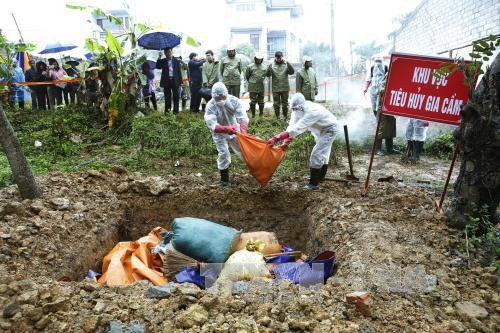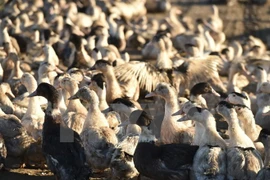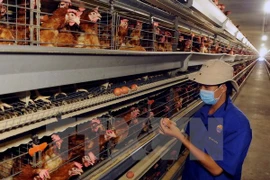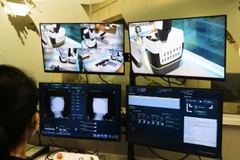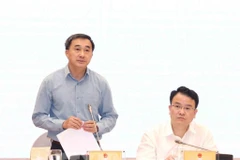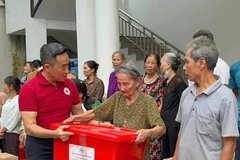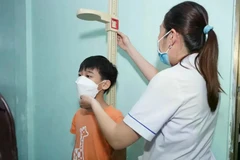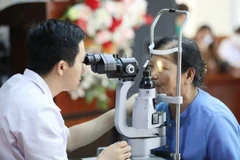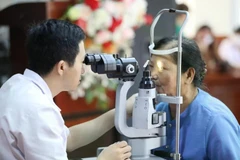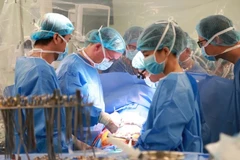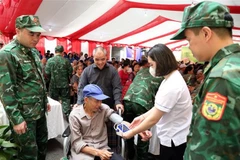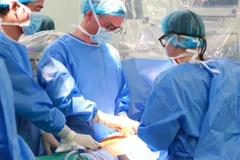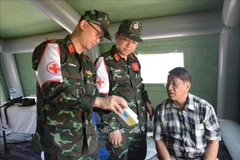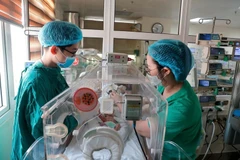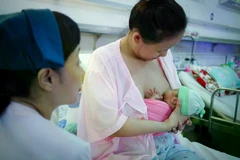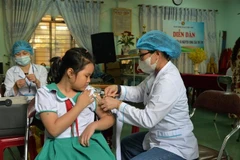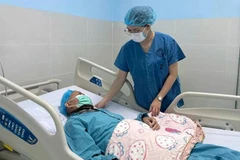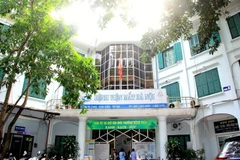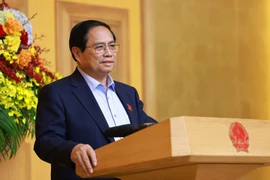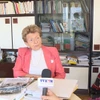Lang Son (VNA) – The northernborder province of Lang Son held a drill on dealing with outbreaks of A/H7N9 andother high-pathogenic avian influenzaviruses in Cao Loc district on March 17.
According to Director of the provincialDepartment of Health Nguyen The Toan, the drill aims to assess localpreparedness in coping with the threat and preventing avian influenza virus from transmittingto humans.
It also helped enhance coordination among sectors in disease fighting andprevention, and improve skill of medical and veterinary workers in handlingsituations related to suspected cases of A/H7N9 avian flu.
In the simulation scenario, local authorities detected A/H7N9 avian flu virus ona poultry flock and a person was suspected of being infected by the virus.
The medical centre of Cao Loc district quicklybrought the patient to an isolated area in a polyclinic in Dong Dang town.Meanwhile, the district’s veterinary station was responsible for stamping out theoutbreak.
The police and border guard forcecoordinated to ensure traffic safety and order in the district.
The three-day drill contributed to raising public awareness of the importanceof preventing the spread of the disease, thus protecting community health.
Vice Chairman of Cao Loc District People’s Committee Lieu Van Chien said CaoLoc shares over 74km of borderline with China, where outbreaks of the A/H7N9avian flu virus have happened recently.
The district is also a hot spot for smuggling, including cross-border poultry illegaltrade, which is posing ahigh risk of the virus being transmittedinto Vietnam.
Deputy Director of the provincial Department of Health Trieu Cao Tan said thedrill has met set requirements, stressing that Lang Son’s relevant sectors andforces need to further enhance coordination in the work.-VNA
